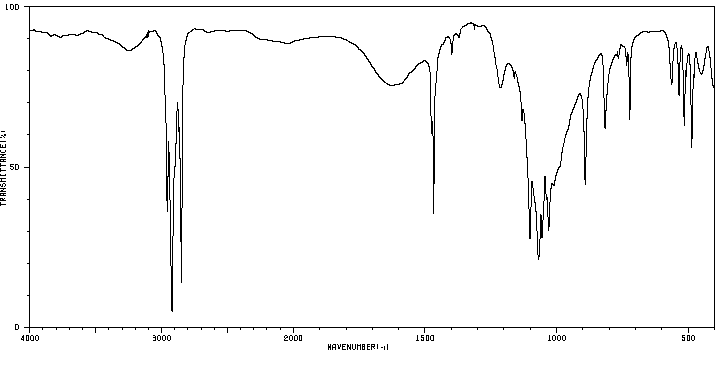Because an amphiphile with a positive or negative charge, shch as dialkylphosphate or stearylamine, is often added to liposomal phosphatidylcholine (PC) dispersions to prevent aggregation of the liposomes, we investigated the long-term stability of liposomes prepared from saturated PC in the presence of various amphiphiles. On storage of these liposomes at 40°C, PC was gradually hydrolyzed by dialkylphosphate, a negatively charged lipid, while neither stearylamine, a positively charged lipid, nor a non-charged lipid hydrolyzed PC at all. This hydrolysis of PC was examined using dialkylphosphates of various alkyl chain lengths (C10, C12, C14, C16, C18 and C20) and PC with different fatty acyl chain lengths (C14, C16 and C18). The rate of hydrolysis was maximum when the alkyl chain length of dialkylphosphate was almost equal to the fatty acyl chain length of PC. That is, the hydrolysis of dimyristoyl (C14) and dipalmitoyl (C16) acyl chains of PC was accelerated most by the incorporation of dimyristylphosphate (C14) and dipalmitylphosphate (C16), respectively. Distearoyl (C18) acyl chains of PC were hydrolyzed effectively by the incorporation of distearylphosphate (C18) as well as dipalmitylphosphate (C16). The hydrolysis did not occur when methyl dipalmitylphosphate was added instead of dipalmitylphosphate, or when the liposomal structure was decomposed by adding ethanol. These results suggest that dialkylphosphate and PC are aligned head to tail in liposomes and that the phosphate functional group causes the hydrolysis of the esters of PC.The incorporation of cholesterol into PC bilayers suppressed the hydrolysis of PC above the phase transition temperature (Tc) of PC, but increased it below the Tc. The hydrolysis of PC by dialkylphosphate appears to depend on membrane fluidity and to be accelerated with increased membrane fluidity, because cholesterol reduces the fluidity of the liposomal membrane above the Tc and enhances it below the Tc.
因为经常在脂质体
磷脂酰
胆碱(PC)分散液中加入带正电或负电的两亲物质,如二烷基
磷酸盐或
硬脂胺,以防止脂质体聚集,所以我们研究了在存在各种两亲物质的情况下由饱和PC制备的脂质体的长期稳定性。在40°C下储存这些脂质体时,PC逐渐被带负电的脂质——二烷基
磷酸盐
水解,而带正电的脂质
硬脂胺或不带电的脂质均不
水解PC。通过使用具有不同烷基链长度的二烷基
磷酸盐(C10, C12, C14, C16, C18和C20)和具有不同
脂肪酸链长度的PC(C14, C16和C18),研究了这种PC的
水解作用。当二烷基
磷酸盐的烷基链长度几乎等于PC的
脂肪酸链长度时,
水解速率达到最大。也就是说,PC的二肉豆蔻酰(C14)和
二棕榈酰(C16)链的
水解作用分别因加入二肉豆蔻基
磷酸盐(C14)和
二棕榈基
磷酸盐(C16)而得到最大程度的加速。PC的
二硬脂酰(C18)链也被加入的二硬脂基
磷酸盐(C18)以及
二棕榈基
磷酸盐(C16)有效地
水解。当加入甲基
二棕榈基
磷酸盐代替
二棕榈基
磷酸盐,或通过加入
乙醇分解脂质体结构时,
水解作用没有发生。这些结果表明,二烷基
磷酸盐和PC在脂质体中以头对尾的方式排列,并且
磷酸盐官能团导致PC的酯键
水解。将
胆固醇掺入PC双层膜中,在PC的相变温度(Tc)以上抑制了PC的
水解,但在Tc以下增加了
水解。PC被二烷基
磷酸盐
水解似乎取决于膜的流动性,并且随着膜流动性的增加而加速,因为
胆固醇在Tc以上降低了脂质体膜的流动性,而在Tc以下增强了膜的流动性。








